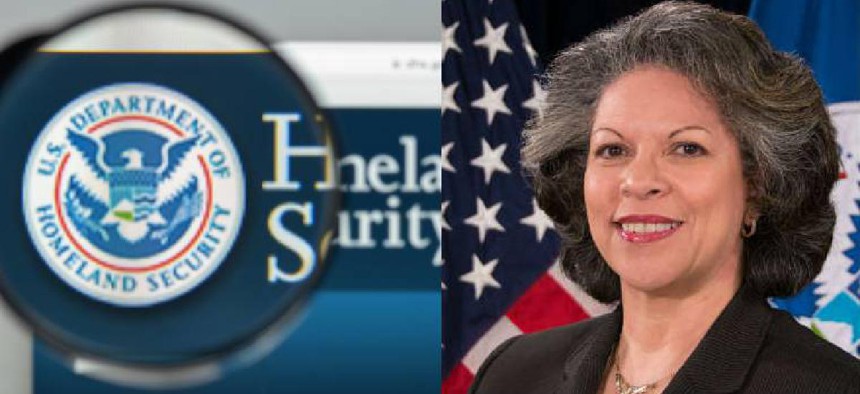Government-industry communication, the Soraya Correa way

Steve Kelman takes a look at the former DHS chief procurement officer's push for reverse industry days and other dialogue-drivers.

Last week I wrote a tribute to Soraya Correa, the recently retired Department of Homeland Security chief procurement officer. One of the three themes she identified as being at the foundation of her approach to procurement was improving communication between industry and government. She pioneered something she called “reverse industry days,” built off the traditional procurement process of holding “industry days” in connection with RFPs, where the government would present information relevant to industry about a solicitation.
I had assumed that a reverse industry day was simply one where industry hosted the event and asked questions of its own. It turned out my assumption was not quite right. Her reverse industry days were not tied to a specific RFP. They were an occasion for industry to talk in general about their business practices in connection with solicitations.
“I spent time talking to industry, but not everybody in government does, not everybody in government stops to understand the industry perspective,” Correa said. “I did because I went to school at night, and I had a lot of industry folks in my classes and I didn't always go to the government classes.”
One example of practical issues industry has raised was to help government “understand what is it that they're looking for when they're doing a transition from one contractor to another” after an award is made to a new contractor, she noted: “What is the engagement that they need with the outgoing vendor and the government?”
One of the “rules of engagement” for the reverse industry days was “you cannot come in and market,” Correa said. “You're going to have a conversation about the business and how we conduct our business. And you can give us pointers about things we could do better than what you need from us, how we might be able to help you, help us.”
One general thing Correa learned from the reverse industry days was that when DHS was planning a procurement, industry wanted to “understand a program even before the RFP comes out, 18 months before, they need to understand what are you trying to buy. Who are you buying for? What are you thinking about? What are the problems you're trying to solve?” So she started to do just that.
In addition to reverse industry days, Correa did lots of one-on-one meetings with vendors, with her team also present, as specifically authorized by the FAR as long as the government does not provide information that favors one vendor over another. (More traditional contracting officials still, amazingly, shy away from such meetings.) These were “meetings with companies that want to come in and tell us about products or services that might serve the department so they can come in and bring us solutions. I think that's the job of procurement. And so that's the approach that I took.”
Correa has been holding reverse industry days once a year. She was the first to use reverse industry days in government, but the practice has since spread widely to many agencies.
Some critics worry that more communication between government and industry favors industry and harms government. They are wrong. It is a win-win for government, industry and the users of government programs.





